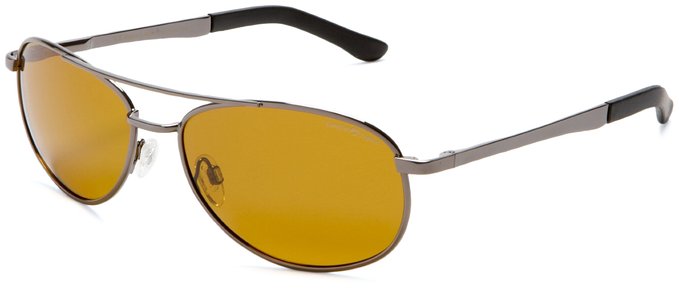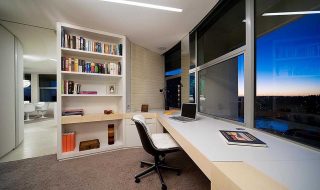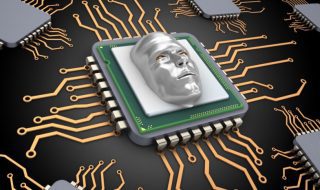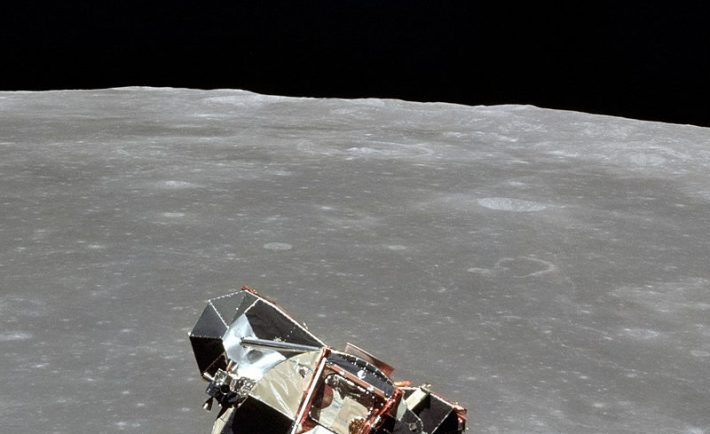
All of the Apollo missions were impressive not only because of the fact that during them the very first men landed on the moon, but also because it inspired the era of innovation and technological progress. And it still doesn’t stop, because humanity is using advanced materials to create spectacular innovation which helps not only to conquer new worlds but also help us back here at home.
Today we present six technologies developed by NASA and their helpers. It is likely that at least one of these technologies you used the last week too!
Better sunglasses
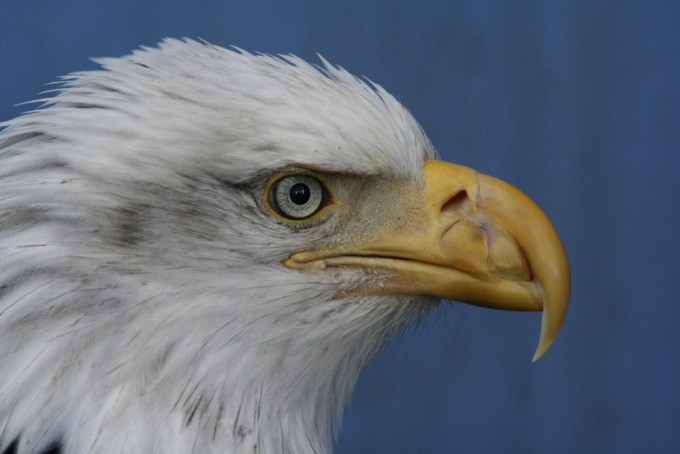
Everyday Tech from Space: UV-Blocking Sunglasses to Guard Your Eyes
Have you ever wondered why your five-year-old Ray Ban glasses are still without any scratch and protect your eyes so good, although it survived a lot of difficult situations with you? For this, you can thank NASA, which wanted to protect their astronauts from small debris and sun in the outer space.
So, NASA created a thin protective diamond-like carbon layer. This same technology is now used by sunglasses manufacturers as well.
So, it is safe to say, that with your great Ray Bans you will do fine in space as well.
Microprocessors
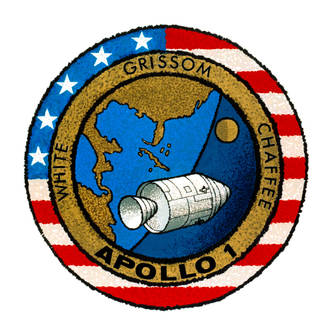
NASA’s Apollo technology has changed history
The fact that we can have a computer which can with into our pocket is a technology win and legacy of a complex Apollo’s navigation system.
Current microprocessors have evolved from operating integrated circuit created by Texas Instruments, which was specifically applied to the US Department of Defense and NASA.
Now you know who to blame for your addiction on Candy Crush.
Baby food
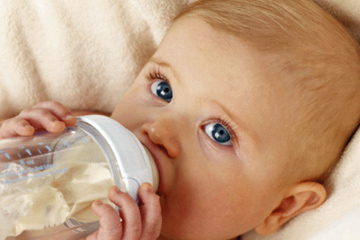
How did NASA improve baby food?
While looking for algae, which would generate oxygen in space while performing photosynthesis, NASA accidentally discovered that certain species have important fatty acids, which also happen to be found in breast milk.
To this date, a synthetic version of these seaweeds is used as baby food supplement worldwide.
Teeth straightening technology
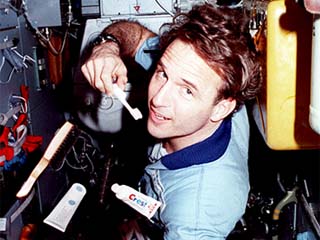
Why Astronauts Need Good Teeth in Space
In order to use the solar collector on orbit satellites, NASA manufactured it from sustainable metal alloy nitinol. The material is characterized by the fact, that it can recover to its original shape after folding if it is warmed.
But knew it or not, now orthodontists regularly uses staples with nitinol chenille wires, to ensure that they maintain a form in a warm human mouth. If you want to learn more about nitinol wire feel free to check out this blog post.
Wireless tools
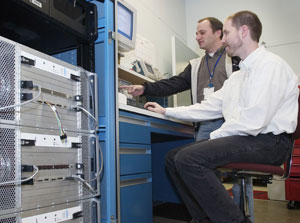
New Software Changes Wireless Technology Functions on Demand
A part of electronic tools, which can be used without wires, were created partly due to Blash Decker’s innovation, set up in the early fifties by NASA’s request.
They needed a tool that can be used by astronauts easily while they were extracting lunar rocks and soil samples. So, Blash Decker did the best they can and developed revolutionary battery-powered drills and pumps which were the ones who cleared the road for other wireless devices we use at home every day.
Memory foam materials
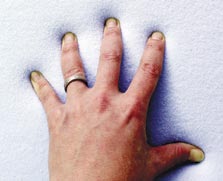
Everyday Tech From Space: ‘Memory Foam’ for the Masses
Those plushy and fluffy viscoelastic polyurethane pillows and mattresses we enjoy so much in our bedrooms only exists because NASA needed a way to protect astronauts from potentially dangerous hits till they sat in capsules or in spacecraft.
Now you can find those amazing pillows and mattresses mostly in every store you go (and Macy’s online store can be proud of pretty great selection of those products, you can purchase cheaper with these Macy’s discount codes) so you can sleep like an astronaut without literally going to space. How fun is that?

